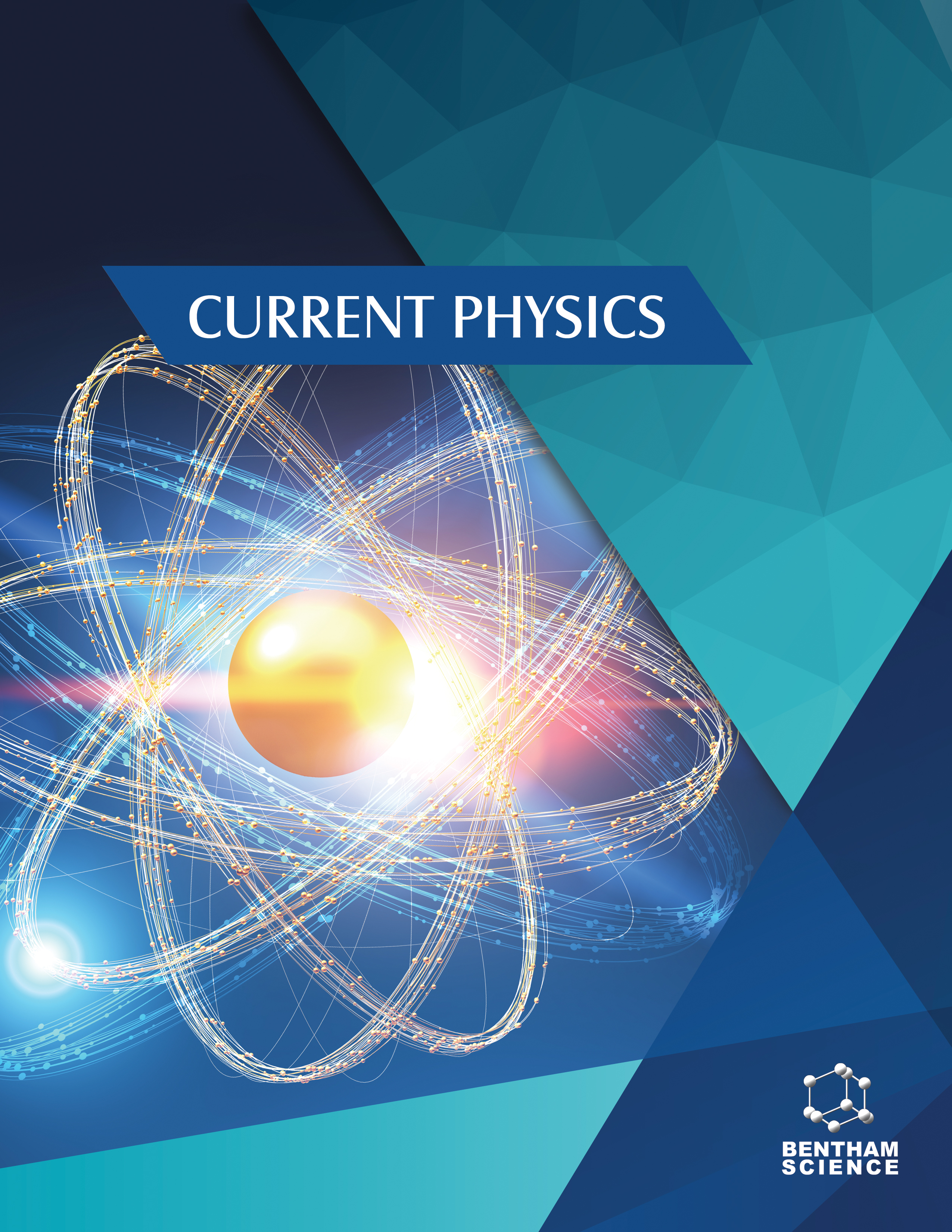
Full text loading...
We use cookies to track usage and preferences.I Understand
In our previous published papers, considering 3 large atomic gravitational constants assumed to be associated with weak, strong and electromagnetic interactions, we have proposed the existence of a nuclear charge of magnitude, en=2.95e and developed a nuclear mass formula associated with strong and weak interactions having 4 simple terms and only one energy coefficient.
Two important assumptions are that there exists a weak fermion of rest energy 585 GeV and strong coupling constant is the squared ratio of electromagnetic charge and nuclear charge. The aim of this paper is associated with understanding the mystery of the quantum of magnetic flux, Planck’s quantum radiation constant and Reduced Planck’s constant. Proceeding further, quark charges, strong coupling constant, nuclear stability, nuclear binding energy, medium and heavy atomic X-ray levels and celestial magnetic moments can be understood in a unified approach. It may also be noted that, by considering the integral nature of elementary particle masses, it seems possible to understand the discreteness of angular momentum.
Considering our proposed en=2.95e=3e as a characteristic nuclear charge, it seems possible to understand the integral nature of quarks electromagnetic charge. With this idea, neutron, proton and pion decay can be understood very easily.
In all the cases, the up quark of charge (±2e) seems to play a crucial role in the internal transformation of the down quark of charge (±e) and external observable elementary basic elementary particles. It needs further study at the fundamental level. Proceeding further, quantum of magnetic flux, Planck’s radiation constant and Reduced Planck’s constant can be understood with our 4G model of final unification.

Article metrics loading...

Full text loading...
References


Data & Media loading...

